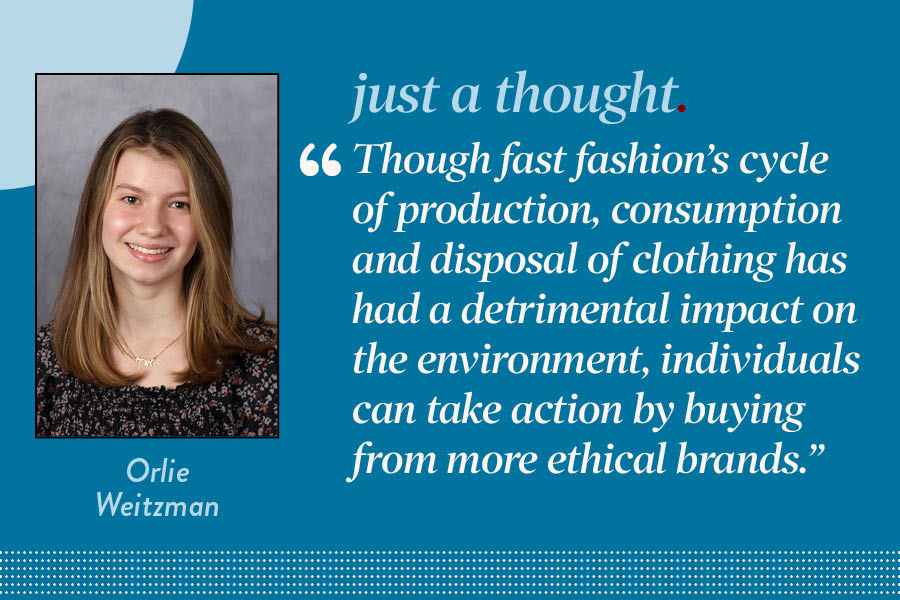While fast fashion is inexpensive and accessible, it has driven a doubling of global clothing production since 2000, while the average useful life of a garment has halved, making the fashion industry the world’s third largest polluter.
However, individuals can take action against climate change by buying more environmentally ethical brands or second-hand clothes.
Fast fashion is a major factor in the growth in clothing production, up from 50 billion new garments at the turn of the century to 100 billion today.
Over the same time frame, the average shopper has increased their clothing purchases by 60% but keeps them for roughly half as long.
Consumers are increasingly aware of the environmental impact of their decisions in areas such as ecotourism and green investing, and clothes shopping — at green labels such as Patagonia and Amour Vert — is a natural counterpart. While sustainable clothes tend to be more expensive, potentially excluding budget-conscious shoppers, buying used clothing is another way to keep textiles out of landfills and slow the fast-fashion trend.





















































